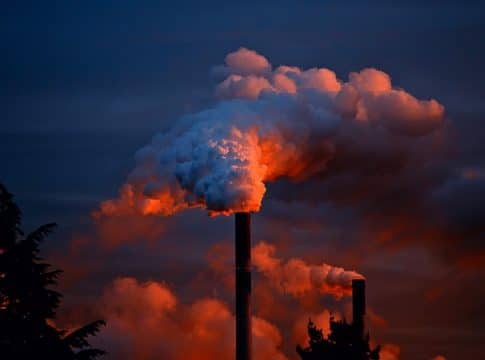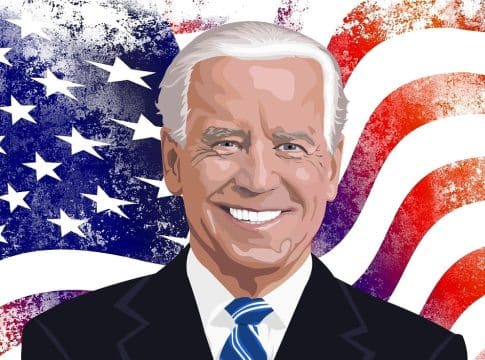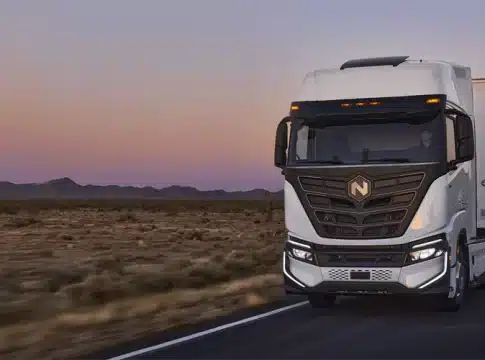EPA Unveils $4.3 Billion In Grants to Reduce Almost 1 Billion MT of Carbon
As part of the Biden-Harris Administration’s Investing in America agenda, the U.S. Environmental Protection Agency (EPA) has announced the recipients of over $4.3 billion in Climate Pollution Reduction Grants. This funding is aimed at supporting community-driven projects that address climate change, reduce air pollution, advance environmental justice, and accelerate the transition to clean energy.
The selected projects will be implemented across 30 states, including one Tribe, and target greenhouse gas (GHG) reductions in six key sectors:
transportation,
electric power,
buildings,
industry,
agriculture/working lands, and
waste management.
The CPRG program represents a historic opportunity for states to implement transformative programs to reduce pollution and accelerate clean energy initiatives. States from Michigan to New Jersey and Montana to Minnesota will receive essential funding to execute their innovative climate policies and drive substantial changes in their state climate strategies.
Boosting Local Climate Action
The grants will support the deployment of technologies and programs to lower GHG emissions and other pollutants, while also developing infrastructure, housing, and industries essential for a clean energy future. The combined efforts of the selected projects are projected to achieve significant cumulative GHG reductions by 2030 and beyond.
RELATED NEWS: US EPA to Invest $20B in Climate and Clean Energy Projects for Underserved Communities
Estimates suggest that these projects could cut as much as 971 million metric tons of carbon dioxide equivalent by 2050. This is roughly equivalent to the annual emissions from 5 million average homes over more than 25 years.
White House National Climate Advisor Ali Zaidi remarked on the program announcement, saying that:
“As part of President Biden’s historic climate laws, today’s funding announcement for locally led projects will support community priorities… These awards will supercharge American climate progress across sectors – from reaching 100% clean electricity to slashing super-pollutants like methane to harnessing the power of nature across our farms and forests in the fight against climate change. This is a big deal.”
The EPA’s selection process for the Climate Pollution Reduction Grants was competitive and rigorous. Nearly 300 applications were reviewed, requesting nearly $33 billion in funding.
The 25 chosen applications, from a mix of states, local governments, and coalitions, will implement local and regional solutions to the climate crisis. Many of these projects are scalable and could serve as models for other states and entities working to address climate change.
Who Are The Award Recipients?
The 25 grant awardees include 13 state or state coalition projects, 11 municipal or municipal coalition projects, and one project for Tribes. This diverse selection reflects a broad commitment to tackling climate challenges at various levels of government and community.
Image from EPA website
Below is the complete list of the grant winners, with their project names, locations, amount of GHG reductions, and expected amounts.
For the complete information about the CPRG program recipients, go here.
In addition to the current funding, the EPA plans to announce up to $300 million more for Tribes, Tribal consortia, and territories later this summer. EPA Administrator Michael S. Regan will announce the selections in Pittsburgh, Pennsylvania, with Governor Josh Shapiro.
Pennsylvania’s Department of Environmental Protection will receive over $396 million for the RISE PA project, aimed at reducing industrial GHG emissions through grants and incentives for various decarbonization projects. The South Coast Air Quality Management District will get nearly $500 million for transportation and freight decarbonization, including funding for electric charging equipment and zero-emission freight vehicles.
State, Tribal, and local actions are crucial for achieving President Biden’s goal of reducing climate pollution by over 50% by 2030 and reaching net zero emissions by 2050. The innovative projects selected through the CPRG program could deliver significant public health benefits, too.
What Comes Next?
The grants also support the President’s Justice40 Initiative, which aims to direct 40% of the benefits from certain climate and clean energy investments to disadvantaged communities facing the greatest pollution and underinvestment. EPA plans to distribute the funds later this year, pending completion of all legal and administrative requirements.
States should align their programs with broader climate goals and federal standards, such as air quality and emissions targets. Well-designed programs can deliver additional benefits like workforce development, lower consumer bills, and improved housing and transit.
Effective program development requires active stakeholder involvement and coordination at municipal, regional, and national levels to maximize benefits and meet pollution reduction targets.
The EPA’s $4.3 billion in Climate Pollution Reduction Grants marks a transformative step in U.S. climate action, funding diverse projects across the nation to significantly cut greenhouse gas emissions and accelerate the clean energy transition. These investments promise to deliver substantial environmental and public health benefits, advancing President Biden’s climate goals.
The post EPA Unveils $4.3 Billion In Grants to Reduce Almost 1 Billion MT of Carbon appeared first on Carbon Credits.



